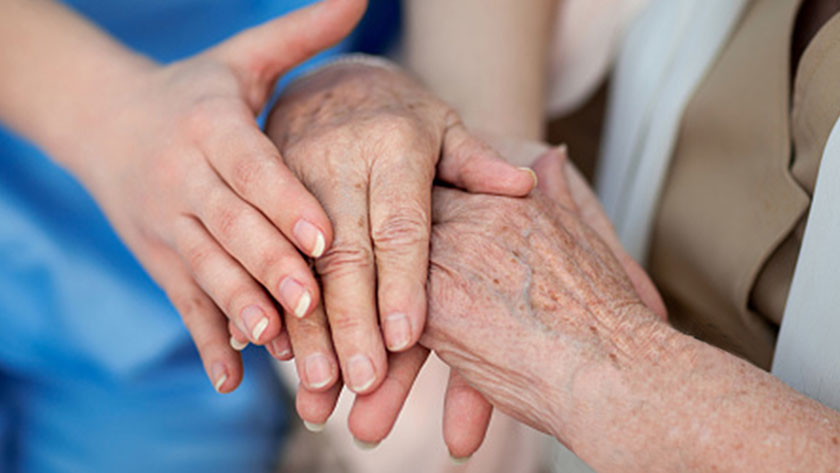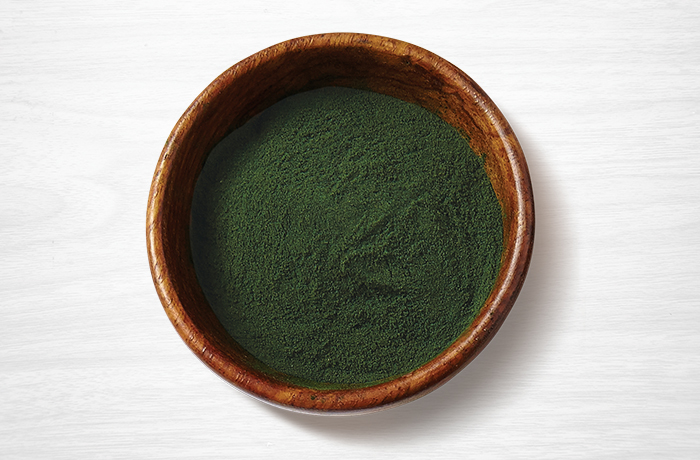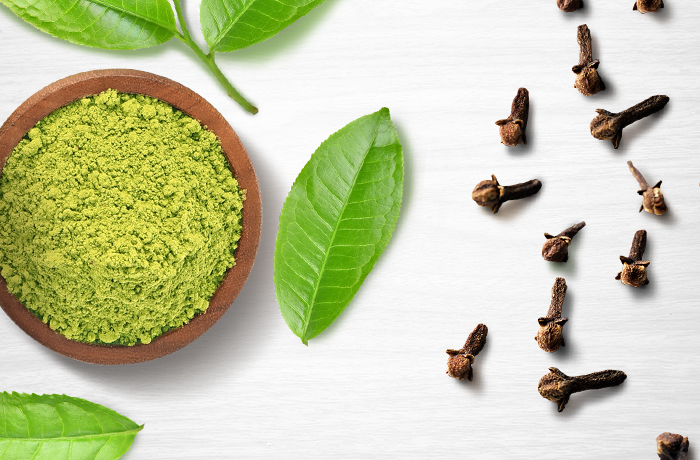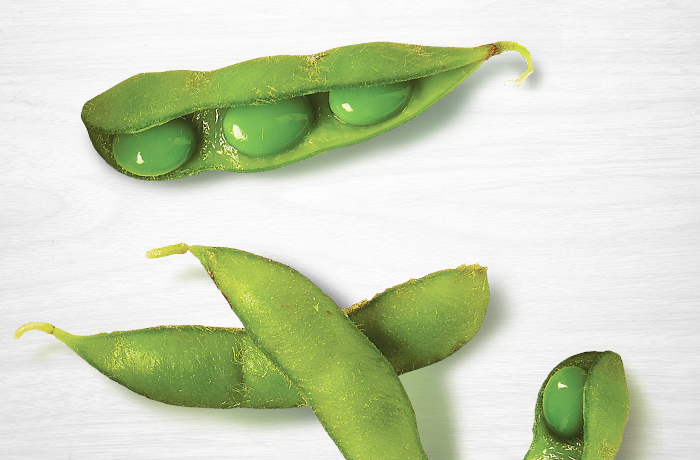How can you help prevent skin tears in elderly patients?
Aging skin is more vulnerable to damage. Discover the right products and best practices to reduce alterations in skin integrity.

Skin health protocols frequently focus on preventing pressure injuries, but research shows that skin tears may occur even more often than pressure injuries.¹ This is particularly true for older people whose skin is more susceptible to breakdown.
The normal aging process causes changes in the skin that make it more fragile and therefore more vulnerable to damage, including skin tears. That’s why it’s important to develop skin care strategies based on best practices.
Skin tear facts
- The International Skin Tear Advisory Panel (ISTAP) explains that skin tears are “traumatic wounds caused by mechanical forces.”¹
- Mechanical forces that cause skin tears include shear, friction and blunt force, as well as removal of adhesives.
- Skin tears most often occur on the extremities.¹
- In long-term care settings, reported incidence of skin tears reaches as high as 92 percent.2

Ingredients matter when guarding against skin tears
Helping to minimize skin tears calls for a holistic approach. An important component of skin health is a skin care system of products. Look for cleansers, moisturizers, barriers and protectants that are scientifically formulated for at-risk skin and contain nutrient-rich botanical ingredients. Also take note of what’s not in your skin care, such as parabens, phthalates, sulfates and fragrance—these may all cause adverse skin reactions.
While cleansing is essential to any skin care routine, many standard soaps have a high pH level, which can damage skin.1 Be sure to choose a gentle, pH-balanced cleanser. The same goes for the moisturizer you use: Studies have shown that a pH-balanced, fragrance-free moisturizer can also greatly reduce the incidence of skin tears.1 For extra moisture control, add a botanical-rich barrier cream and protectant.
To reduce the need for frequent rinsing of fragile skin, try an all-in-one cleansing body lotion such as Medline Remedy Phytoplex Cleansing Body Lotion.
Botanicals to look for to help maintain skin integrity



Checklist to reduce risk of skin tears
This list, adapted from the International Skin Tear Advisory Panel (ISTAP), is a great place to start when it comes to developing protocols that can help you prevent skin alterations, such as skin tears.1
- Assess skin during bathing and changing for signs of skin breakdown.
- Determine if there’s any history of skin breakdown, which can increase risk for further damage.
- Cleanse skin with a gentle, pH-balanced cleanser and warm (not hot) water.
- Moisturize skin twice a day or as needed.
- Consider providing protective clothing for your more frail patients, such as shin guards, long sleeves or retention bandages.
- Keep your fingernails short and avoid excessive jewelry that might harm fragile patient skin.
- Encourage your patients to be as active as possible.
- Avoid friction and shearing by using glide sheets, hoists and proper patient repositioning and lifting techniques.
- Educate patients and family caregivers on the potential risk of skin tears.
- Be sure your patients are getting optimal nutrition and hydration.
Key takeaway
It’s important to be thoughtful about the products you choose for your patients with vulnerable skin. Using a system of products that contains powerful botanical ingredients and following best practices can help maintain skin integrity against injuries such as skin tears.
Learn more about how to reduce skin alterations in fragile skin:
Pressure injuries: how the right patient skin care products can reduce skin breakdown
Webinar — Incontinence Associated Dermatitis: Challenges and Innovations in Care
What the NPIAP wants you to know about prone positioning and COVID-19 patients
References:
- Beeckman D et. al. (2020) Best practice recommendations for holistic strategies to promote and maintain skin integrity. Wounds International. http://www.skintears.org/wp-content/uploads/2020/06/best-practice-recommendations-holistic-strategies-promote-and-maintain-skin-integrity-ISTAP-2020.pdf
- Strazzieri-Pulido, K. C., Peres, G. R., Campanili, T. C., & de Gouveia Santos, V. L. (2017). Incidence of Skin Tears and Risk Factors: A Systematic Literature Review. Journal of wound, ostomy, and continence nursing : official publication of The Wound, Ostomy and Continence Nurses Society, 44(1), 29–33. Available at https://pubmed.ncbi.nlm.nih.gov/28060001/
- Gefen. (2020). Skin Tears, Medical Face Masks, and Coronavirus. Wound Management and Prevention, 66(4), 6. Available at https://www.o-wm.com/article/skin-tears-medical-face-masks-and-coronavirus
